Unlocking the keys to classroom participation and success begins with selecting the perfect low-tech assistive technology tools. Low-tech assistive technology refers to simple, basic tools or devices that assist individuals with disabilities in performing everyday tasks. Ensuring students have the ideal support not only fosters full engagement in classroom activities but also transforms learning into an enjoyable experience. Dive into the world of low-tech assistive technology with Therapro’s expert recommendations, paving the way for enhanced participation and a more fulfilling educational journey. Read on to discover the perfect low-tech assistive technology tools that can be empowering for classroom engagement.
Low Tech Tools for Positioning
Appropriate positioning has a powerful impact on classroom engagement. There are many low-tech assistive technology tools available to support proper positioning. These positioning materials will help students adjust their posture and their visual orientation.
Slant Boards: Slant boards are available in various sizes and can accommodate different height levels when a student is seated. Most offer stabilization of paper on the board with a metal or plastic clip. Slant boards provide a number of advantages:
- Encourage upright positioning
- Align the wrist in slight extension
- Bring writing paper and visual information closer to the eyes
- Provide one hand access using the slant board clips
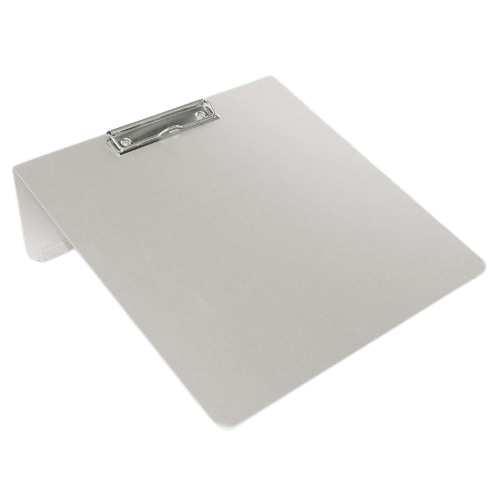
A Therapro favorite is the Aluminum Stackable Slant Board, which is lightweight, durable, and easily stackable. The writing angle is ideal at 20 degrees. The non-slip edge strip prevents the board from sliding when in use.
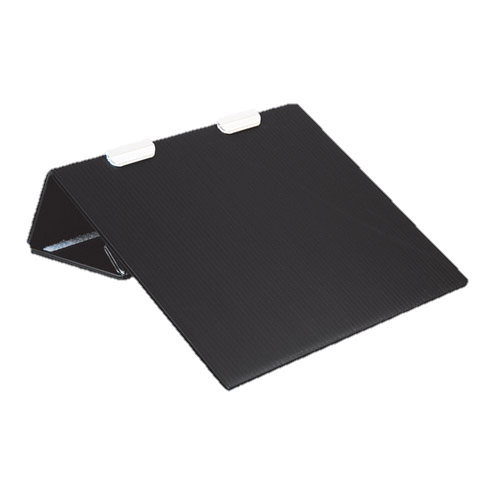
Another great option is the Better Board Slant Board, which is a lightweight, collapsible slant board made of corrugated plastic that can be transported flat and stacked easily. Plastic clamps hold paper and it has “nonslip feet.”
Dycem: A positioning tool many occupational therapists love for its versatility is non-slip plastic called Dycem. It has innumerable creative uses in the classroom. It can be cut from a roll to the size needed to stabilize items on a desk surface, adapt handles, and be placed on a chair seat to prevent the student from slipping and sliding.
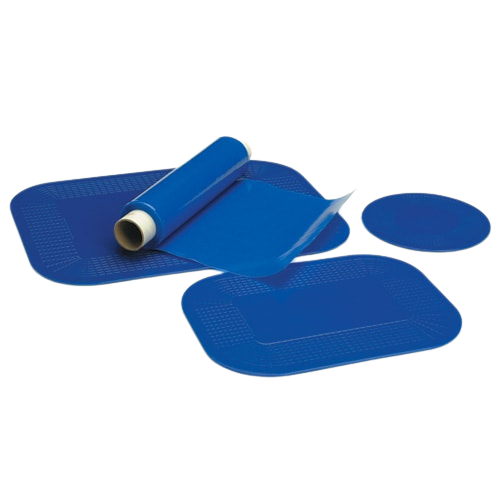
Low Tech Tools for Reading
When it comes to reading, low-tech assistive technology tools can help students with key performance areas specific to reading including:
- Tracking printed words
- Focusing on a part of the page
- Highlighting any written words
- Magnifying words
- Reading hands-free
Check out some of Therapro’s favorite low tech assistive technology tools for students with low vision or who have difficulty with the visual components of reading:
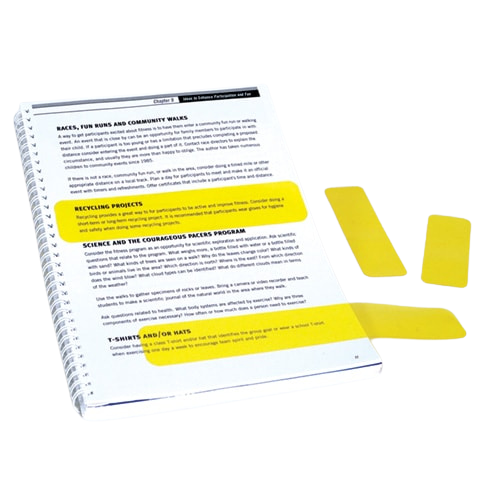
Highlighter Strips: A favorite tool is the brightly colored reading guide strips, called Highlighter Strips that are reusable bright yellow plastic strips that brighten any written word on a page. They measure 1.5” in height but come in a variety of lengths. They aid the student with visual processing difficulty or the student with who is needs help with focus and attention.
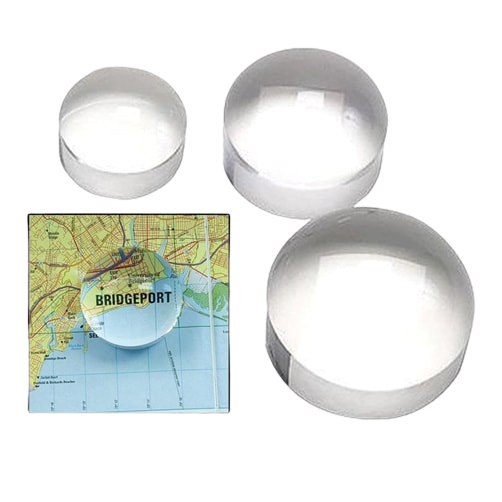
Ultradome: The Ultradome make reading small print a breeze. The Ultradome provides powerful 4x power direct magnification and is made of solid acrylic that glides across any surface. It is available in 3 sizes from 2 to 3 inches in diameter.
Low Tech Tools for Writing
Tools that facilitate writing are abundant! They serve many purposes such as:
- Hand and finger positioning for a writing utensil in the hand
- Spacing, sizing, and alignment of letters
- Weighting writing utensils
- Creating handwriting lines
Check out these handy handwriting helpers that support legible handwriting:
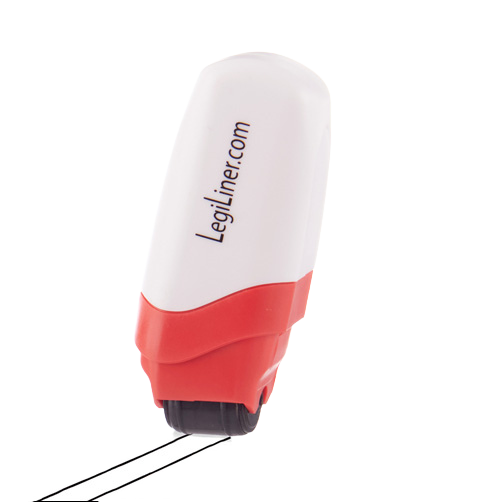
LegiLiners: LegiLiners are an innovative collection of tools that are both unique and practical. Using a variety of rolling ink stamps, they create handwriting lines to improve consistent letter size and placement on any writing surface. Create dashed lines with spaces, dotted stacked lines, number line, and much more! They are available in a Starter Kit that contains 5 of the stamps to get you started. Fourteen individual LegiLiners are available as well.
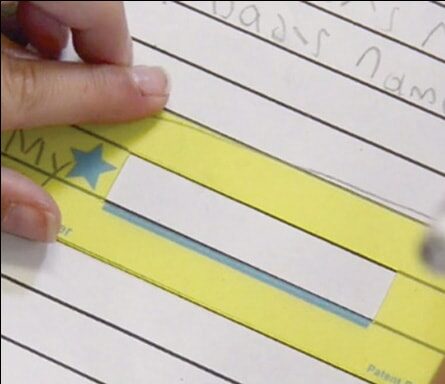
Star Spacer: The Star Spacer is a plastic, see-through guide used to help students understand spacing, sizing, and alignment of letters. The results are immediate for more legible handwriting
Low Tech Tools for Math
Tools to make learning mathematics fun and practical utilize:
- Hands-on learning
- Sensory learning using tactile, kinesthetic, and visual cues
- Interactive strategies
Therapro is your go to resource for products that support hands on mathematics teaching and learning, check out some of these clever tools:
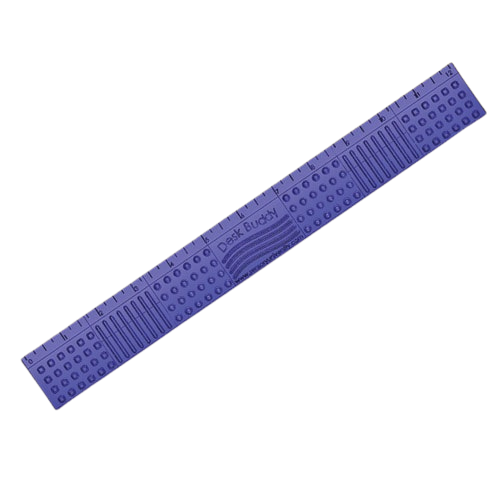
Multi Textured Tactile Ruler: The Desk Buddy Multi Textured Tactile Ruler resembles an actual ruler, but has the added benefits of a textured surface, being flexible, and being chewable. A great option for students who benefit from extra sensory input during learning activities.
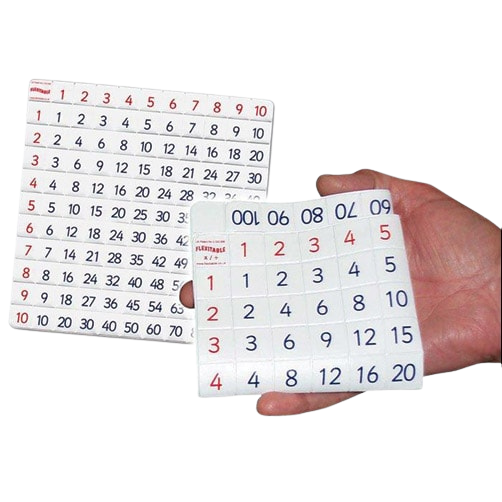
Flexitables: The Flexitable is a simple tool for teaching math concepts. It makes learning addition and subtraction an enjoyable and tactile experience. The soft, flexible, 7.75 inch plastic square grid with horizontal and vertical channels fold to reveal answers to addition/subtraction problem. Flexitables are also available for division, multiplication, and fractions.
For More Information on Assistive Technology:
Low-Tech Assistive Devices- A Handbook for the School Setting: Low tech assistive technology tools facilitate learning and participation in the classroom. A classic resource book that therapists are passionate about is Low-Tech Assistive Devices: A Handbook for the School Setting, by Lynn Stoller, OTR/L. It is chock full of step-by-step directions and illustrations for fabrication of low tech tools. Chapters include tools used throughout the school setting (i.e. positioning, mobility, time management and organizational tools) and tools specific to curriculum area (i.e. reading, writing, math, music).
Assistive Technology Handy Guide: Therapro occupational therapist, Allyson Locke, MS, OTR/L, has created a functional guide to selecting the perfect assistive technology device for your students called Assistive Technology Handy Guide. It examines low tech AT tools in academic areas covered in this discussion, as well as other areas of classroom function including:
- Tools for Crafts and Games
- Tools for Activities of Daily Living
- Tools for Self Care
- Tools for Independent Living
Low tech assistive technology can be a game changer for engaging students in the learning process and are vital in helping all learners access classroom learning experiences. Up your A-Tech game now with assistive technology tools from Therapro!
Guest Blogger: Filomena Connor, MSOT, Retired

